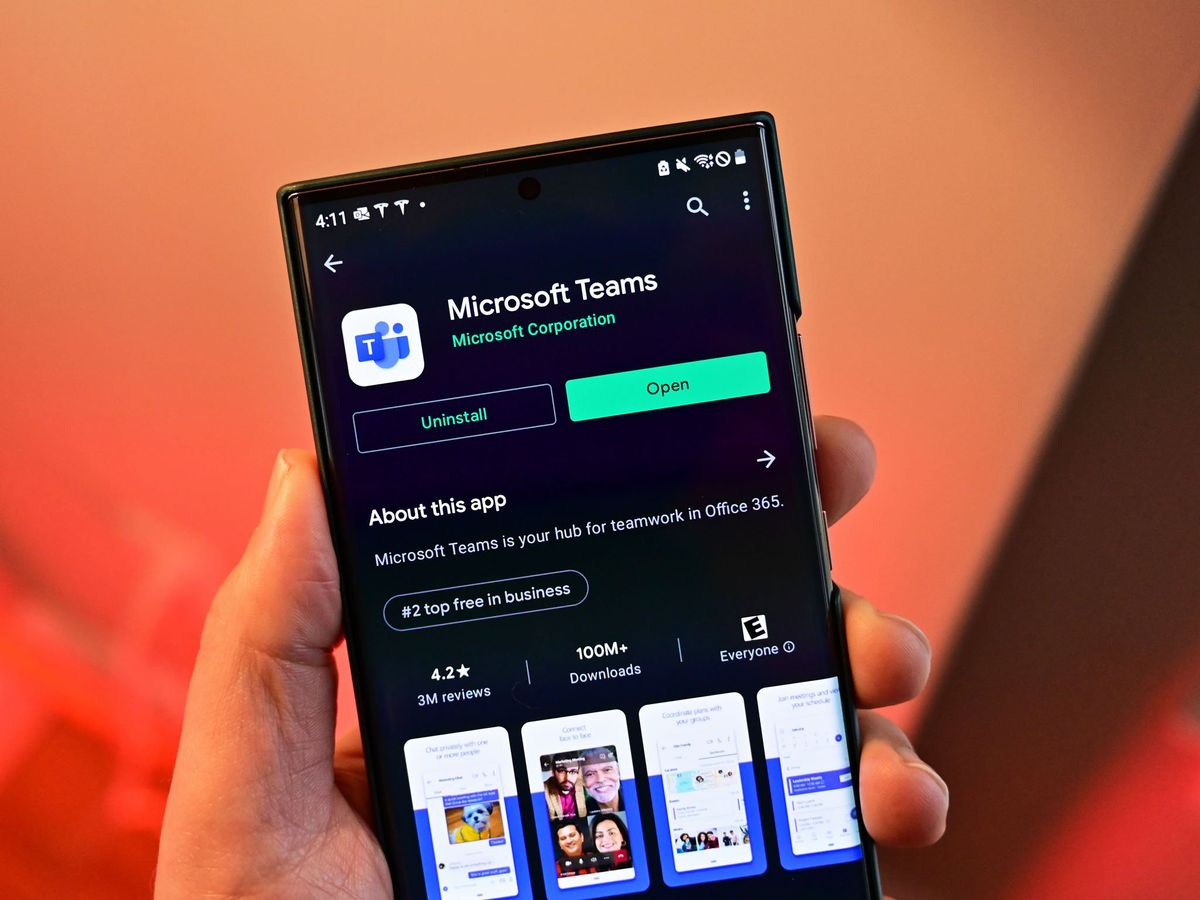Microsoft Teams now protects you from phishing attacks
Microsoft blocks over 100 million phishing emails each month, and that same protection is now available in Teams.

What you need to know
- Microsoft Teams now protects against phishing attacks with Safe Links in Microsoft Defender for Office 365.
- The feature scans links at the time someone clicks them because attackers can redirect clicks after they've been sent.
- Microsoft's systems block over 100 million phishing emails per month.
Microsoft Teams now works with Safe Links in Microsoft Defender for Office 365. The feature protects against phishing attacks by scanning links when they're clicked within Teams. Phishing attacks are common in emails but have made their way to apps like Microsoft Teams as more people move to remote work and learning. Microsoft explains the new feature in a Tech Community post.
Safe Links support is now generally available in Microsoft Teams. It works within group chats and channels. The protection is available in Teams for organizations with Microsoft Defender for Office 365, which already works with OneDrive, SharePoint, and Microsoft's Office apps.
The Safe Links feature in Defender for Office 365 has been around since 2015. Every month Microsoft's detonation system detects "close to 2 million distinct URL-based payloads." Microsoft's system also blocks over 100 million phishing emails with malicious URLs each month. Now, that same protection is available in Microsoft Teams.
Microsoft's system scans links at the time of click because attackers attempt to find ways around normal forms of protection.
"As detection technologies evolve to block malicious sites quicker, sending malicious links to users becomes less effective. So attackers evolve their attacks," explains Microsoft. "Instead of sending malicious links to users, attackers now send benign links. Once the link has been delivered, the attacker redirects the link to a malicious site."
Attackers can redirect links to dangerous websites. Microsoft explains that someone could send a link that redirects to Microsoft.com when it's sent but then later change the link to redirect to a malicious site. Because of this, scanning the link when it's clicked, not just when it's sent, is important.
Get the Windows Central Newsletter
All the latest news, reviews, and guides for Windows and Xbox diehards.

Sean Endicott is a tech journalist at Windows Central, specializing in Windows, Microsoft software, AI, and PCs. He's covered major launches, from Windows 10 and 11 to the rise of AI tools like ChatGPT. Sean's journey began with the Lumia 740, leading to strong ties with app developers. Outside writing, he coaches American football, utilizing Microsoft services to manage his team. He studied broadcast journalism at Nottingham Trent University and is active on X @SeanEndicott_ and Threads @sean_endicott_.